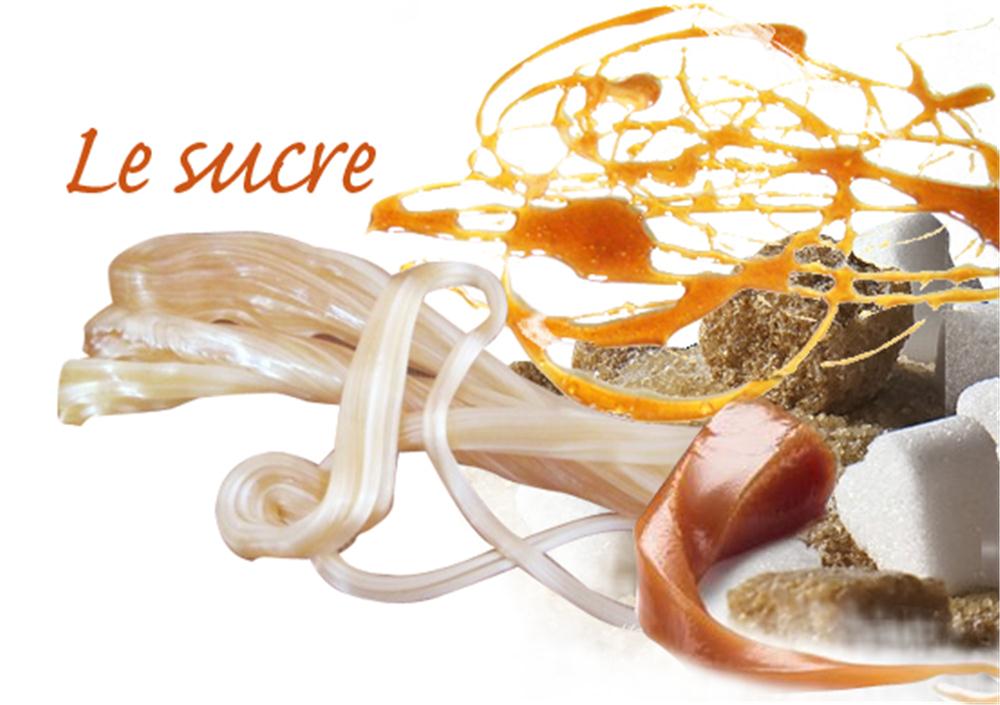
From € 300 of purchases, delivery is free.
Up to € 120 of purchases, there is a set fee of € 20.
Up to € 200 of purchases, there is a set fee of € 15.
Up to € 300 of purchases, there is a set fee of € 10.
Offer limited to continental France.
Delivery fees vary for Corsica, overseas territories and abroad depending on weight.
See this page Delivery.




































